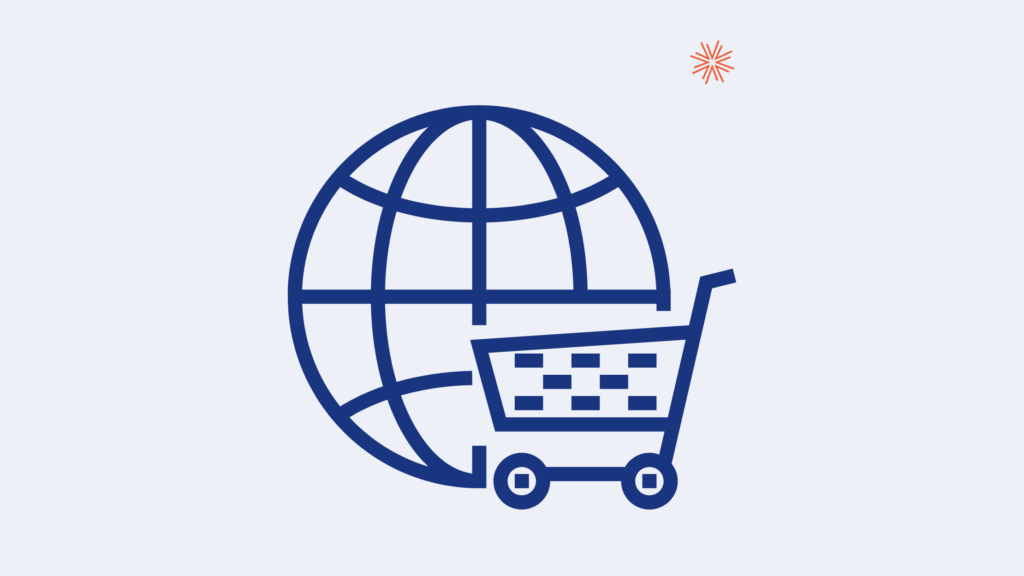Introduction
Understanding the fundamentals of your eCommerce business is crucial not only for growth but also for securing revenue-based funding. One often overlooked, yet vital area is unit economics. In this article, we will delve deeper into these concepts with practical examples and actionable insights for your eCommerce business.
Understanding Unit Economics
Unit economics refer to the direct revenues and costs associated with a particular business model, expressed on a per unit basis. It can be understood from two perspectives.
Firstly, you could define a unit as “one item sold”. Here, you determine unit economics by calculating the contribution margin, a gauge of the revenue amount from one sale minus the variable costs associated with that sale. So, if you sell a product for €50 and it costs you €20 to manufacture it, €5 for packaging, and €5 for shipping, your contribution margin is €20 per item sold.
Alternatively, you can define a unit as “one customer.” In this scenario, the unit economics is determined by a ratio of two different metrics: Customer Lifetime Value (LTV) and Customer Acquisition Cost (CAC).
Why are Unit Economics Crucial in eCommerce?
In the eCommerce landscape, understanding your unit economics helps you determine if your product pricing and overall business model are sustainable. A positive figure indicates a potentially profitable business, while negative unit economics might suggest a need for adjustments in your cost structure or pricing strategy. This becomes particularly important when seeking revenue-based funding, like the type provided by Valerian, as lenders will consider your unit economics to assess the health of your business.
Key Metrics in Unit Economics
The Customer Acquisition Cost (CAC) is the cost to attract a new customer. For instance, if you spend €1000 on a marketing campaign and acquire 100 new customers as a result, your CAC is €10.
On the other hand, Customer Lifetime Value (LTV) is the total net profit that you expect to earn from a customer during their entire relationship with your business. If a customer, over their lifetime, buys products worth €300 and you spent €10 (CAC) to acquire them, your LTV is €290.
The CAC:LTV Ratio in eCommerce
In a sustainable eCommerce business, a healthy LTV:CAC ratio is typically 3:1. This means the total value of a customer should be three times the cost of acquiring them. This ratio ensures your business model is profitable while leaving room for other operational costs. Moreover, a favorable LTV:CAC ratio is an encouraging sign to revenue-based lenders such as Valerian, as it suggests a solid potential for growth and return on investment.
Strategies for Improving Unit Economics
Improving your unit economics is a matter of optimizing your pricing strategy, reducing the cost of production, increasing customer retention, and improving the efficiency of your marketing spend. However, remember that every business is unique, and what works best for one may not work as well for another.
Conclusion
Understanding and actively managing your unit economics, from both the perspective of individual item sales and customer value, can position your eCommerce business for success and make it more appealing for revenue-based funding. It’s not just about the numbers – it’s about making the numbers work for your business.
At Valerian, we are passionate about empowering eCommerce founders with the financial tools and knowledge they need to succeed. We understand the importance of unit economics and their role in securing revenue-based funding. Reach out to us or visit our website to learn more about how we can help you optimize your unit economics and navigate the path to funding success.
